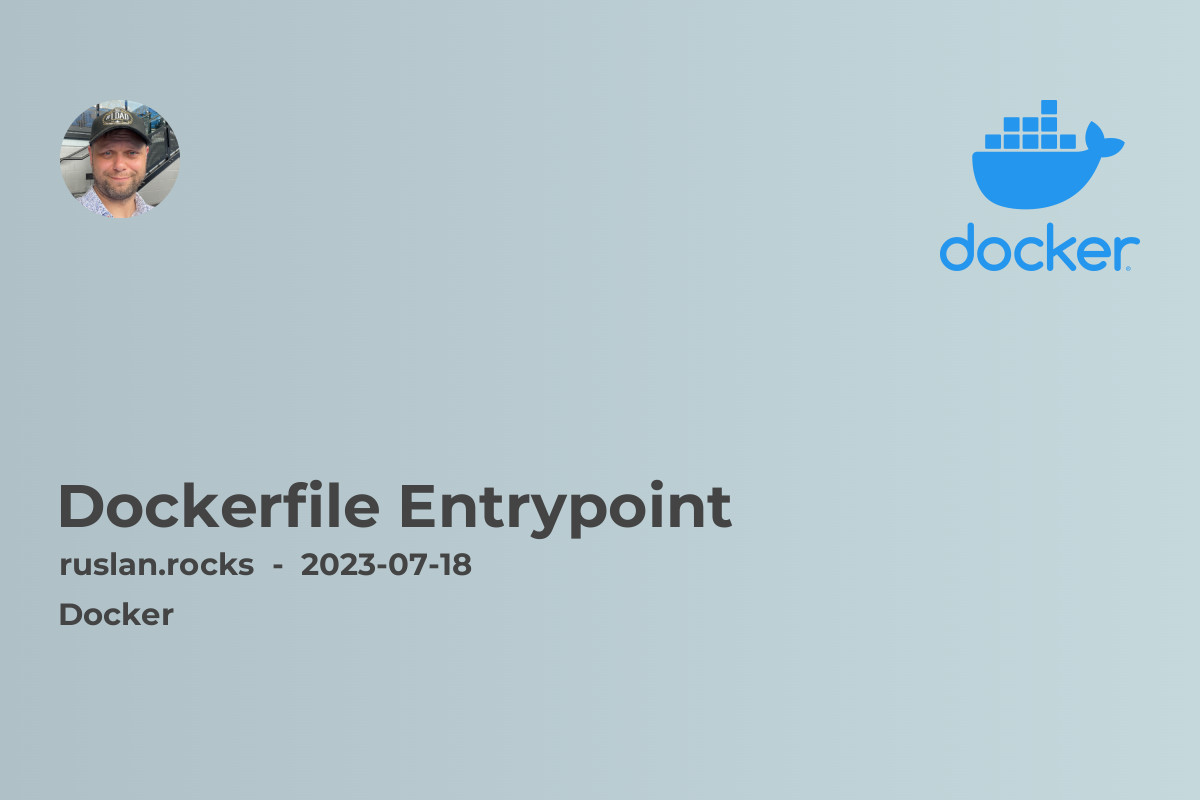- What is Dockerfile Entrypoint?
- Why use Entrypoint?
- Using Entrypoint in Dockerfile
- Best Practices for Using Dockerfile Entrypoint
- Conclusion

What is Dockerfile Entrypoint?
Dockerfile Entrypoint is a directive that allows you to specify the command or script that will be run when a container is started from a Docker image. It defines the executable that will be the main process running within the container. With the Entrypoint instruction, you can configure your container to behave like an executable, making it easier to manage and run your applications.
Why use Entrypoint?
By using the Entrypoint directive in your Dockerfile, you can ensure that the same command or script is always used to start your container. This eliminates the need to manually run commands every time you start a new container, reducing the chance of human error and making your container startup process more reliable.
Setting the Entrypoint also allows you to pass arguments to the container at runtime, making it more flexible. You can easily customize the behavior of your container without modifying the Dockerfile itself.
Using Entrypoint in Dockerfile
To use the Entrypoint directive in your Dockerfile, you can specify either a shell command or a script. Here's an example of how to set the Entrypoint to run a script called start.sh:
FROM ubuntu:latest
COPY start.sh /usr/local/bin/
ENTRYPOINT ["start.sh"]
In this example, the start.sh script is copied into the /usr/local/bin/ directory of the container, and then it is set as the Entrypoint. When the container is started, the start.sh script will be executed.
Best Practices for Using Dockerfile Entrypoint
When using Dockerfile Entrypoint, it is important to keep in mind a few best practices:
-
Use a script: Instead of directly running a command, it is recommended to use a script as the Entrypoint. This allows you to perform any necessary setup or configuration before starting the main process.
-
Use JSON array format: Enclose the Entrypoint command or script in square brackets and use the JSON array format. This ensures that any arguments passed to the container at runtime are correctly interpreted by the Entrypoint.
-
Use exec form for commands: When specifying commands in the Entrypoint, it is best to use the exec form (
["executable", "param1", "param2"]) instead of the shell form (command param1 param2). Using the exec form ensures that signals are correctly passed to the main process inside the container. -
Consider using CMD in conjunction: For more flexibility, consider combining the Entrypoint directive with the CMD directive. While the Entrypoint defines the main process to run, the CMD can be used to provide default arguments or allow for easy customization when running the container.
-
Test your Entrypoint script: Make sure to thoroughly test your Entrypoint script and container startup process. This will help identify any issues or dependencies that need to be resolved.
Conclusion
Using the Dockerfile Entrypoint directive allows you to define the main process that runs within your container, simplifying container startup and making it more reliable. By following best practices and using the JSON array format, you can ensure that your container behaves like an executable and can be easily customized at runtime. With Dockerfile Entrypoint, managing and running your applications in containers becomes a breeze.
Read more about Docker and Containerization:

